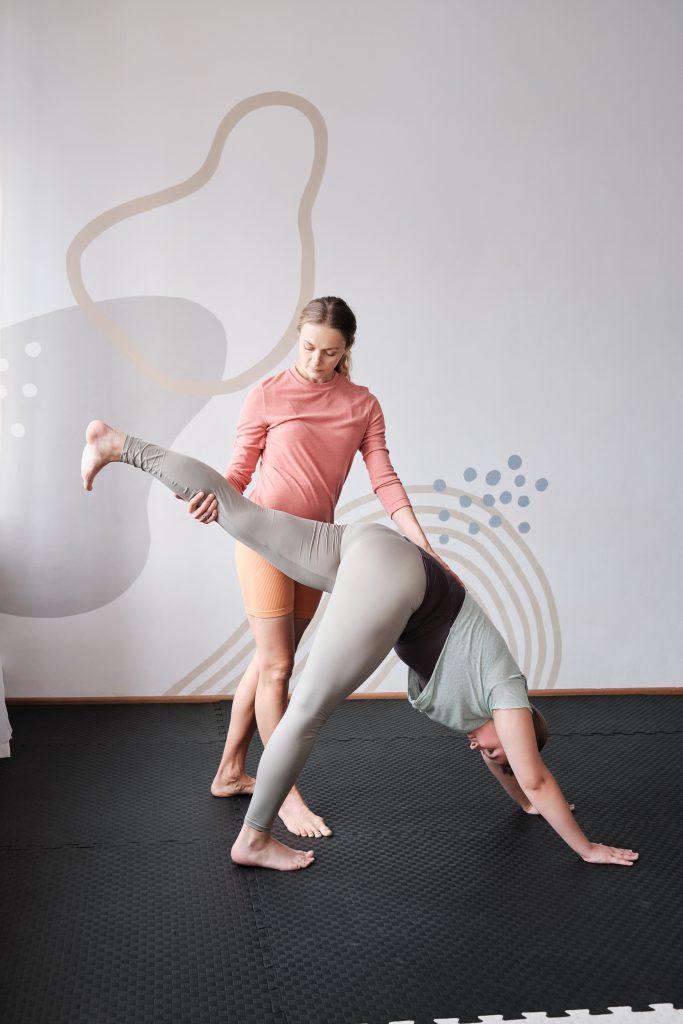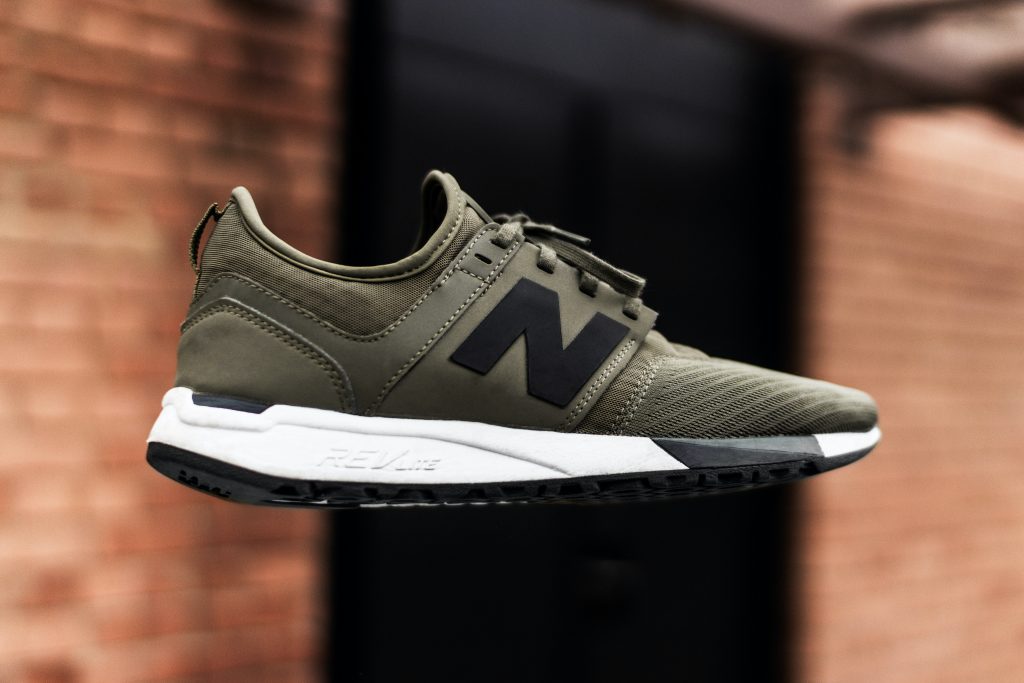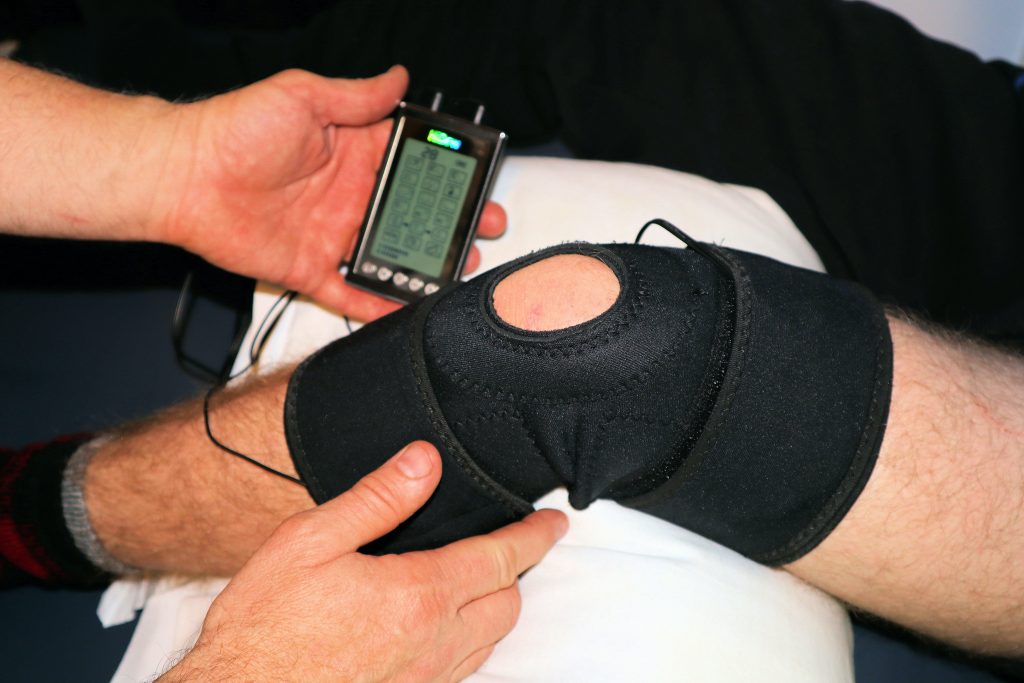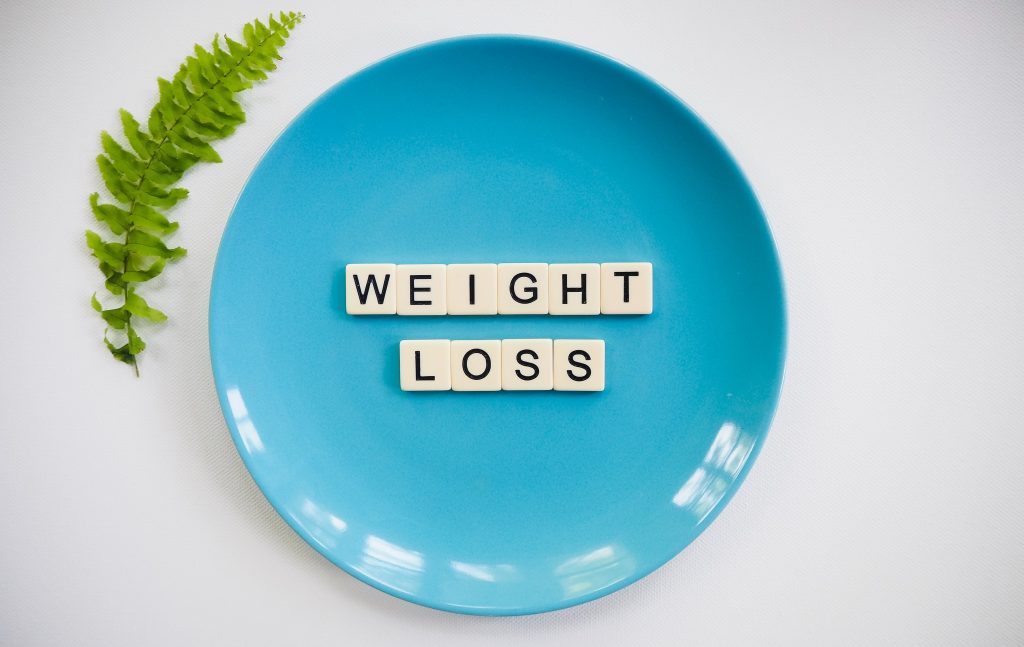As we age, it is a sour inevitability that the scratches and bumps of our frivolous youth manifest in physical ailments that can quickly prove inconvenient. One epicenter of such pain is the knee, and quite predictably, it is the largest and most complex joint in the body.
It consists of the intersection of three bones: The femur, or upper leg bone; the tibia, or the shin bone; and the patella, or in laymen’s terms, your kneecap. The ends of each bone are canvassed with a layer of cartilage, which absorb shock and reduce friction. Each bone is held together by a joint capsule consisting of two layers: An outer layer of dense connective tissue and an inner membrane. This outer capsule is attached to the ends of each bone and is supported by several ligaments and tendons, many of which we hear about in casual conversation, including the medial collateral ligament (MCL) and the anterior cruciate ligament (ACL). The hamstrings and quadriceps buttress the knee, imbuing it with some defense over extensive pressure.
With such a complex anatomy, it is no wonder that the knee remains a crucible for sustaining injuries; injuries which can be haphazard and difficult to rehabilitate. For instance, a tear in the anterior cruciate ligament can take 6-9 months to sufficiently heal and may permanently debilitate a person’s fluidity of movement.
If you encounter a knee injury, the most prudential thing to do is to see a physiotherapist and receive a proper diagnosis. As can be surmised, the knee can be quite inscrutable for someone agnostic to its anatomy. You don’t want to play Russian Roulette with your knee, employing exercises that may exacerbate the pain, rather than eliminate it.
Nonetheless, here are some routines and activities you can undertake at home to mitigate stress on your knee. Confer with your doctor to confirm the efficacy of their use.
1. Yoga

When I first learned of yoga, it conjured images of vacuous urbanites wearing Lululemon leggings, engaging in new-age tomfoolery. It was, to me, anathema to my more stoic disposition. So, I nonchalantly repudiated it, clinging to my traditional interval workouts at the gym.
However, if you’re experiencing knee pain, yoga can be a remarkable tool in mollifying it. It’s not a cure, but it can assist in ameliorating the tension you may be encountering. Yoga is referred to as a “low-impact” exercise because it minimizes the exertion of pressure on a person’s joints. It is therefore no wonder that yoga can offer a slight curative to knee discomfort, as it increases a person’s flexibility and mobility quite efficaciously.
According to the Yoga Journal, there are 4 stretches, in particular, that are effective in reducing knee pain. They include:
· Uttanasana (Standing Forward Bend with Forward Bend), which consists of crossing one’s legs, extending your arms outward to the ground, while twisting your abdomen. Bend or straighten your legs according to your comfort level.
· Virabhadrasana III (Warrior III, with Bent Standing Leg), a pose that strengthens the abductors on the outside of your hip. The pressure exerted on your abductors also fortifies the pelvis, helping to stabilize your knee.
· Upapvistha Konasana (Wide-Angled Seat Forward Bend), a stretch of the inner thighs. Sit straight up with your fingers on the ground or walk your fingers forward to feel a deeper stretch.
· Anjaneyesana (Low Lunge) is a low lunge, which loosens tight quadriceps and increases flexibility. An exercise that generates similar results is the Bridge Pose.
2. Purchase Comfortable Shoes

If you are an avid outdoorsman, keen on continuing your outdoor walks despite your knee pain, invest in a durable pair of shoes. As we’ve mentioned, your knees are a critical connection point in your body and are affected by the maintenance of their surrounding ligaments, tendons, and muscles. If you are wearing older shoes, without cushioned insoles, and simultaneously walking 15,000 – 20,000 steps per day; your knees will acutely feel the mileage.
That’s why it’s critical to have supportive shoes conducive to recovery. While most doctors will request you minimize your cardio habits after a knee injury, its also important not to accumulate weight as you become more sedentary. Be mindful of how vigorous your walks are, but do not completely neglect exercise. Purchasing supportive shoes, or even special insoles for your shoe, that can assist in ameliorating the impact of knee pain during a reduced cardio workout.
3. RICE

RICE is an acronym for the correct combination of practices to revitalize your knees after a strain, or injury: R for rest; I for ice; C for compression, E for elevation. That, embodied in a single acronym, is likely the most effective methodology in alleviating mild to moderate knee pain.
Rest is critical for the knee to repair itself. Though it’s important to not become excessively sedentary, your knee will likely require several days to repair. Without rest, continual strain is placed on the area. Always be cautious if your knees are beginning to feel tenuous. Categorize, first and foremost, resting your knee as opposed to activating it.
After the initial onset of knee pain, application of an ice pack can be similarly beneficial. Ice constricts blood flow to the knee, correspondingly reducing inflammation. Apply the 20/20 rule: 20 minutes of ice applied to the knee, and 20 minutes without any ice. If the knee begins to appear very red, remove the ice pack until the skin returns to a healthier looking hue.
As your knee rehabilitation progresses, consider purchasing a compress for your knees. Sleeves compress the area around your knee, increasing blood flow and decreasing pain. Compress sleeves are not meant to be worn daily, only during your periodic exercise routine. Consult your doctor on how to appropriately use a sleeve.
And, finally, elevate your knee. This will ameliorate inflammation and swelling. Ideally, the affected leg should be positioned above the heart; which can be accomplished by merely propping the leg on a nearby pillow. Apply this method for 30 minutes at a time, three times per day, especially if there is excess inflammation.
4. Practice Posture

While remaining cognizant of one’s posture might seem overweening, it can actually be effective in allaying knee pain. Avoid low chairs, or sunken couches. Opt instead for firm mattresses and durable sofas when selecting a seat to comport yourself in. As always, do not remain inactive for too long. During intervals where your knee pain is moderate, walk or jog. Your blood needs to remain circulating at an adequate level in order to ensure your knee does not stiffen. Inaction, or persistently sedentary behavior will magnify the issues you are already experiencing.
5. Lose Weight

It might seem paradoxical to attempt to lose weight in conjunction with knee rehabilitation. Yet, carrying unnecessary weight, or descending into outright obesity, is counterproductive to the healing process. Additional mass will not bring equilibrium to your body, or knees.
Thus, even if you do not feel particularly eager to do so, you must identify reasonable methods to exercise while also implementing a calorie-restricted diet as you repair your disjointed knees. As we’ve already suggested, exercises like yoga, walking briskly, or jogging can be useful in lowering your cumulative caloric intake each day.
Not only does relieving your body of weight reduce the pressure exhibited upon your knees, it also catalyzes the additional movement of fluids into the area surrounding the joint. Plus, according to Genie Lieberman, director of Gloria Drummond Physical Rehabilitation Center, accruing muscle around the knee allows you to be more flexible and active during the day, and similarly decreases blood pressure, blood fats, and inculcates a healthier balance among bodily sugar levels.
Consider, also, implementing a sustainable dietary plan. The word “sustainable” should be italicized, as any diet you determine to integrate into your daily consumption habits should be long-term. Short-term solutions are just that – Short-term, momentary, fleeting. Some of the best weight loss plans include a diet heavy in Mediterranean foods as well as the DASH (Dietary Approaches to Stop Hypertension) diet. Both include an appropriate allotment of foods like vegetables, fruits, lean proteins, who grains, and healthy fats.


